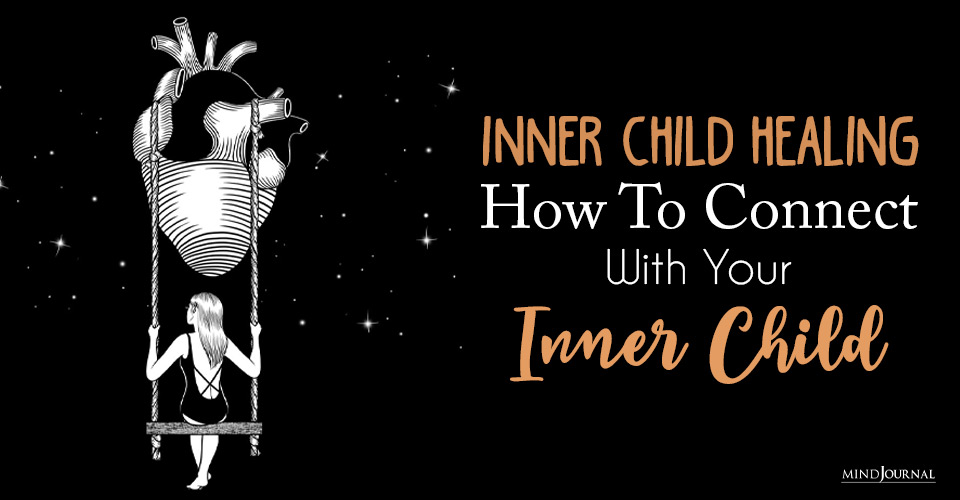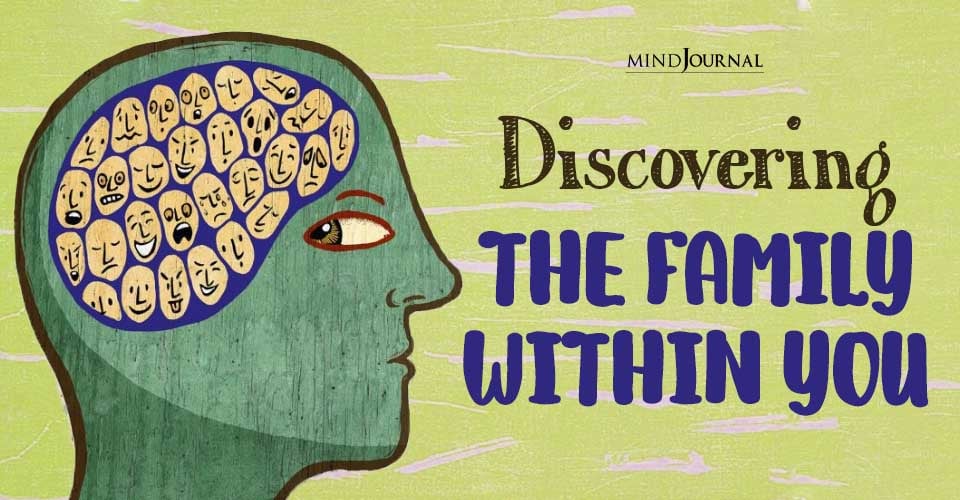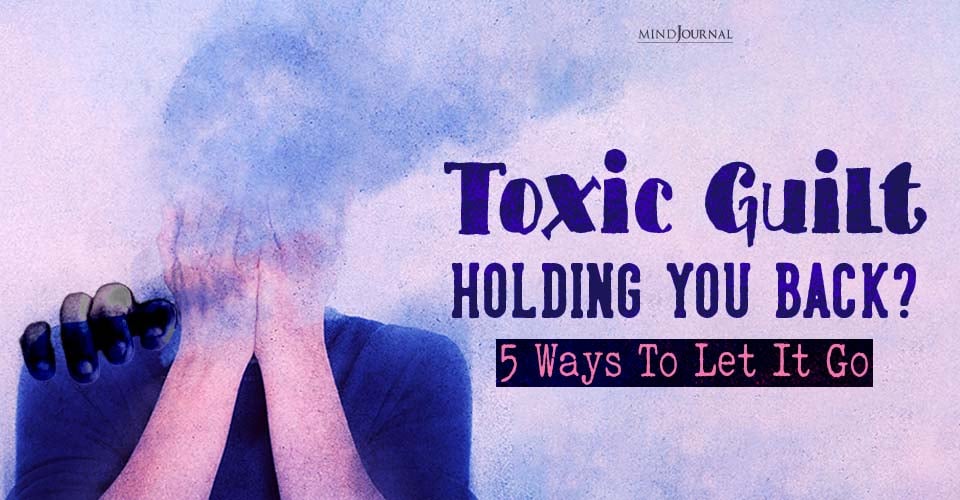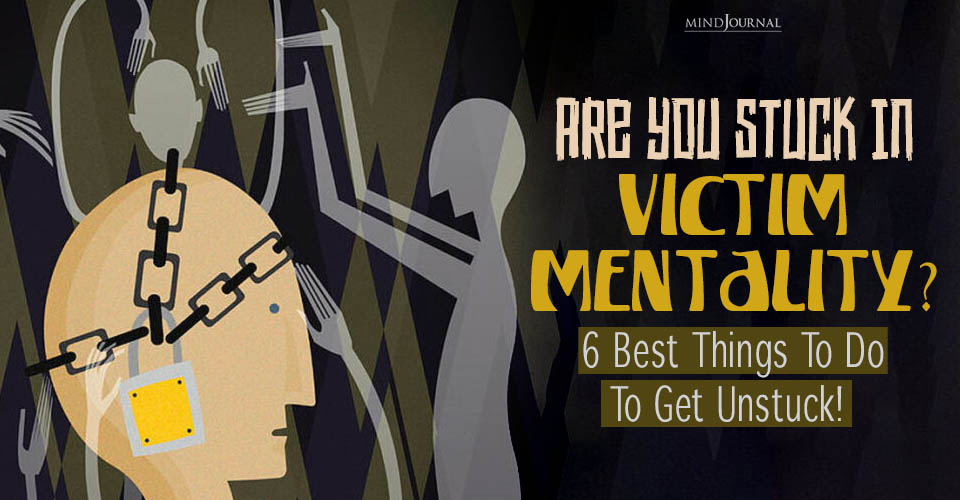Discovering deep secrets and embarking on a journey of inner child healing is a profound path towards self-discovery and emotional well-being. Read on to know more about yourself and unlock hidden truths in this transformative process.
Two facts: We all have secrets, and most of us have had some wounding tied to our inner child. Perhaps our vulnerable and sensitive inner child needs healing.
Whether our wounding was caused by a childhood friend moving away, physical or psychological abuse, or a broken family, the resulting pain will live with us for the rest of our lives; and we may be reminded of the pain unexpectedly.
If we do inner child work by connecting to the little boy or girl within us, we can reconnect with some of the reasons for our adult fears, phobias. and life patterns. When we begin to understand them, then magic, healing, and transformation can occur.
When pondering how the inner-child gets wounded, author Alice Miller suggested that German philosophers believed in stamping out a child’s exuberance so that adults could control them. In my own European family, the philosophy was definitely that children should be seen and not heard, and I only realized in my adult years how wounding this was.
Related: Why Healing your Inner Child is Crucial for Self-Growth
When putting the finishing touches on my book, Writing for Bliss, I decided to include a section on inner child healing. It wasn’t in my original draft, but I noticed that many friends and colleagues inquired about it, reminding me how healing and transformative it would be to write about and access the wounded child.
Around the same time, I’d just read Thich Nhat Hanh’s book, Reconciliation, where the wise Buddhist said that inside each of us is a young, suffering child and that to protect ourselves from future suffering, we all try to forget the pain.
Most often, when we feel pain from a deep place within, it’s our inner wounded child who’s calling. Forgetting the pain results in more pain.

Inner Child Healing
Writing about this pain can be one way to heal our inner child and help heal any negative emotions we might be holding on to.
Research has shown that the body holds both emotional and physical pain, and even if we try to ignore that pain and forge ahead with our lives, chances are that it will always be there. It might also emerge at the most unlikely times, or during meditation or writing.
Often, the baggage we carry from our childhoods can be very difficult to shake, especially when we’ve been exposed to deep trauma. In my writing classes, I tell participants that it’s difficult to walk around a dark room all the time and that it’s much easier when there’s light streaming in.
Thich Nhat Hanh suggests breathing in and saying, “I go back to my inner child,” and breathing out and saying, “I take care of my inner child.” You can take care of your inner child by writing some dialogue from your inner child’s point of view. This gives a voice to your pain. Sometimes that’s all the pain needs. Other times, it might need to be addressed through deeper psychological work.
Acknowledging the inner-child means treating him or her with respect and love. You can do so by saying, “I love you,” “I hear you,” “I’m sorry you feel this way,” and “Thank you for being you.”
In his article “Essential Secrets of Psychotherapy: The Inner Child,” Stephen Diamond (2008) advocates acknowledging our inner child and taking him or her seriously. Listening to and communicating with the inner child, whether on paper or during psychotherapy, is also crucial for transformation to occur.
If, for example, you’re considering writing a letter, tell your inner-child that you recognize him or her and that your intention is to do everything in your power to heal his or her wounds.
Related: 5 Ways To Heal Deep-Rooted Trauma
Some people say that after they’ve written a few letters to their inner child, they find that the child writes back. Sometimes many answers can emerge. In letters or verbal communication, it’s important to ask the inner child what he or she is feeling and what is needed right now. By maintaining a dialogue, healing and transformation can more effectively occur.
Only by loving and healing our inner child can we begin to love ourselves and then, consequently, others. It’s also a way to empower ourselves and focus on mindfulness and the present… and not the past.

How To Connect With Your Inner Child
- Formulate a dialogue.
- Write a letter to him or her.
- Say nurturing things (I love you, I hear you, thank you, I’m sorry).
- Look at photos of yourself as a child.
- Think and write about what you loved doing when you were young.
- Engage in meditation and creative visualization.
Please share this article with anyone who you may think will find it valuable and helpful.
References: Diamond, S. (2008). “Essential Secrets of Psychotherapy: The Inner Child,” Psychology Today. June 7. Hanh, T.N. (2010). Reconciliation: Healing the Inner Child. Berkeley, CA: Parallax Press. Miller, A. (2007). The Drama of the Gifted Child. New York, NY: Perseus Book Group. Raab, D. (2017). Writing for Bliss: A Seven-Step Plan for Telling Your Story and Transforming Your Life. Ann Arbor, MI: Loving Healing Press.
Written by Diana Raab, MFA, Ph.D Originally appeared on Psychology Today Republished with permission











Leave a Reply